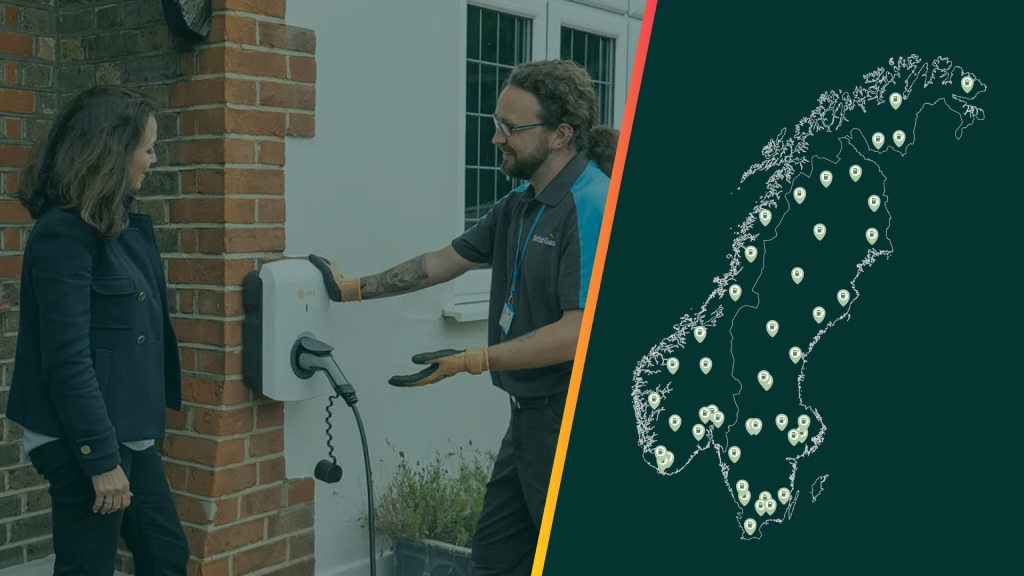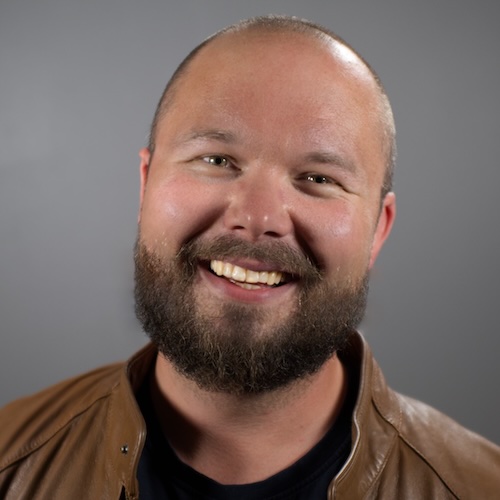
Norway and Sweden are very much leading the charge when it comes to electric vehicle adoption and infrastructure. What guides much of the success of EVs in these nations is government backing and the associated regulations which enable climate-conscious citizens to be supported in their adoption of EVs.
In order for this system to work, EV charge point installers need to understand the regulations that are in place to ensure their work is compliant. Here’s what you need to know.
Planning
Many of the regulations Sweden and Norway abide by apply to both countries since they have been set by the European Union. EU directives dictate that public charging points must meet Mode 3 and have at least one Type-2 socket for alternating current charging.
This ensures a firm connection and signal between the charge point and the vehicle. However, chargers installed at home in the EU can have Type-1 or Type-2 sockets.
In Norway, electrical installations have to be planned to ensure people, livestock, and properties are protected against danger and damage during normal use. There is an official checklist to ensure everything is done correctly, and the risk assessment report must be handed over to the facility owner.
It is also a requirement that a report is drawn up after the final facility inspection.
Installation
EU regulations also state that, in both Sweden and Norway, the installation of charging points must be carried out by a registered electrician. This is because installing EV chargers is a different kind of process from anything else due to its complex nature, so the company making the installations has to be registered to carry EV charger-specific installations.
Plus, individual electricians need to have specific education and training to install EV charge points. In some countries, such as the UK, individuals can still install their own chargers, but Europe requires a high level of qualification. In Norway, electricians must be approved by DSB (the Norwegian Directorate for Civil Protection) and be part of its electricity business register.
It’s also important to ensure that all equipment is CE marked before use. The CE marking shows that the product has been assessed and has successfully met Europe’s health, safety, and environmental protection standards.
Additionally, ensuring that the user and safety instructions are in the native language is a must. If the instructions are not in Swedish, for example, the equipment is not intended for use in Sweden.
In Norway, charging stations are regulated by DSB. The requirements for the construction and maintenance of charge points in Norway are outlined by NEK 400-7-722. There are technically two solutions for charging (Mode 2 and Mode 3), but as previously mentioned, the EU requires Mode 3 for public chargers.
As such, DSB strongly recommends the use of Mode 3 chargers, as they are more secure, flexible, and charge more quickly. Its regulations state that all charge points be fit-for-purpose, i.e. not the kind of socket that can overload. Extension cords cannot be used in Norway either, again for safety reasons.
Any EV installation work carried out by a registered company in Sweden must provide documentation and labelling in accordance with the Swedish Electrical Safety Authority’s regulations. Details can be found here:
- ELSÄK-FS 2017:3 (Chapters 2 and 3)
- ELSÄK-FS 2022:1 (Chapter 3, Section 6)
Labelling and documentation are required to ensure every part of the equipment can be identified for operation and maintenance.
Sweden has its own standards that supplement the Swedish Electrical Authority’s regulations, which allow installers meet the requirement for ‘good electrical safety technical practice’. Details can be found here:
- Elinstallationasregularna SS 436 40 00 (section 722 handles the execution of charging points)
Once installation is complete but before it’s in use, the work must be checked by the installation company again to ensure everything is safe and ready.
Maintenance and safety of charge points
Installers in Sweden are legally responsible for continually checking the safety of EV chargers, as per the Electrical Safety Act. This doesn’t have to be especially extensive, but earth-fault circuit breakers may need regular exercising.
Additionally, for chargers with an outlet, the charging cable should be taken out and plugged back in again regularly to avoid oxide building up on the contact surfaces.
In Norway, it’s a requirement to ensure that cables and connectors are well maintained to keep them free of erosion and damage, and that charging stations are built in accordance with DSB’s electrical safety regulations.
The regulations for installers across Norway and Sweden are fairly straightforward, but for expediency, speaking to an expert who understands the rules can save time and give you peace of mind. To discuss the ins and outs and gain a thorough understanding of where to begin when it comes to charge point installation, talk to CURRENT today.



